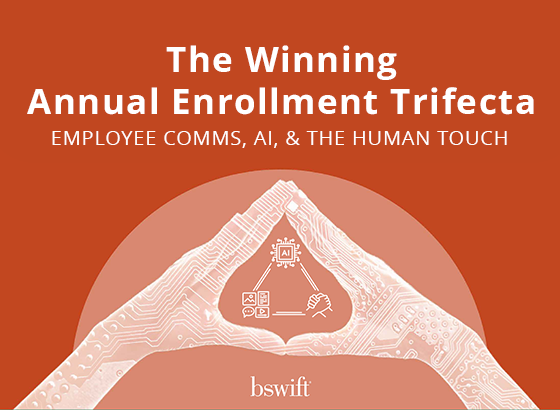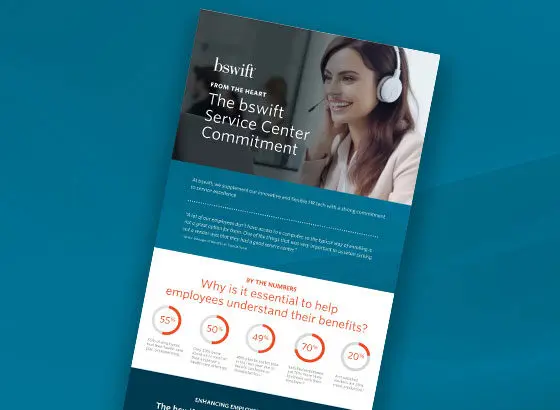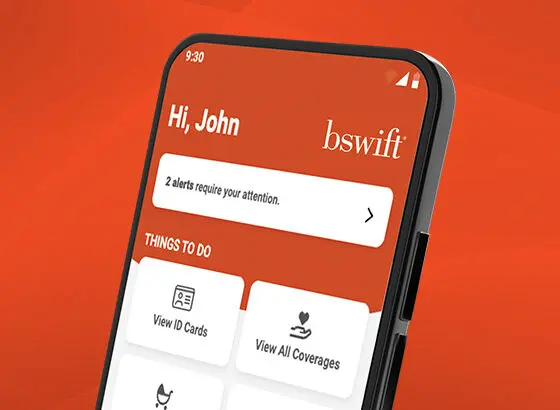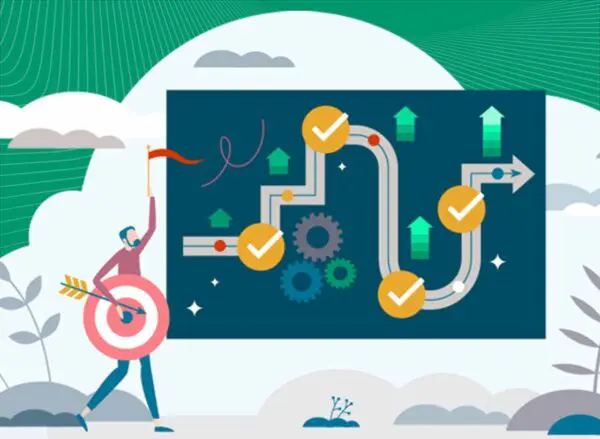On July 4, 2025, President Trump signed the One Big Beautiful Bill Act (OBBBA) into law. While headlines focused on broader politics, employers should be paying close attention to the benefits provisions that take effect in 2026.
These changes aren’t just tweaks to contribution limits—they’ll shape how you design, communicate, and fund benefits in the coming years. Below, we break down the key changes and what they mean for you and your employees.
Dependent Care FSAs: Limit increase to $7,500
For the first time in over a decade, the annual limit on Dependent Care FSAs is getting a meaningful bump—from $5,000 to $7,500 (or $3,750 for married employees filing separately).
Why it matters
- Bigger participation potential: Parents who previously hit the $5,000 ceiling can now shield more dollars from taxes. That’s a big win for families facing rising childcare costs.
- Testing challenges: Higher contributions could complicate nondiscrimination testing, especially for employers with uneven participation across income groups.
Pro tip: Start modeling participation scenarios now. If your highly compensated employees max out the new limit but rank-and-file participation doesn’t rise, you may risk failing nondiscrimination testing. Communication will be critical to driving broad engagement.
Health Savings Accounts: More access, more appeal
If there’s one area of OBBBA that deserves bolding and underlining, it’s HSAs. These accounts already enjoy cult like popularity with savvy employees, and the new provisions only expand their reach.
Telehealth safe harbor becomes permanent
During COVID, Congress allowed pre-deductible telehealth services without jeopardizing HSA eligibility. OBBBA makes that change permanent, retroactive to plan years beginning after Dec. 31, 2024.
Why it matters
- Employers can keep offering comprehensive telehealth without compliance worries.
- Employees gain affordable access to care early in the year, when deductibles can feel like a mountain.
Direct Primary Care (DPC) finally compatible with HSAs
Starting Jan. 1, 2026, employees who use Direct Primary Care arrangements won’t lose HSA eligibility. Even better: Monthly DPC fees now qualify as HSA-eligible expenses.
This is a quiet but big deal. DPC has been growing as an alternative to traditional care, especially for employees frustrated with appointment delays. Pairing DPC with an HSA could make your benefits package stand out in a competitive market.
Bronze & Catastrophic marketplace plans are HSA eligible
Employees (or their dependents) enrolled in ACA Marketplace Bronze or Catastrophic plans will now qualify for HSAs. While this doesn’t directly impact most employer HDHPs, it’s a sign that Congress is widening the HSA tent.
Educational assistance: Student loan help stays on the table
Student debt remains a top stressor for many employees, and OBBBA ensures employers can continue playing a role in reducing the strain.
- Employers may keep using Educational Assistance Programs to pay down qualified student loans.
- The annual cap of $5,250 remains, but starting in 2026, it will finally adjust for inflation.
For employers, this is a morale booster at relatively modest cost. For employees, it’s tangible relief. Consider ways you can spotlight this benefit during recruiting and retention conversations. It could make a big difference.
Transportation & lifestyle perks: A mixed bag
Not all news is good. The federal tax exclusion for bicycle commuting benefits is now permanently gone. That’s a blow to employers who’ve leaned into sustainability perks.
On the flip side, there’s a minor tweak to the federal indexing formula for broader transportation fringe benefits. State laws may soften the impact, so be sure to check your jurisdiction before changing course.
Other provisions worth flagging
A handful of smaller but notable changes round out the package:
- Moving expenses: Employer paid moving expenses are no longer excluded from income (with limited exceptions).
- Employer provided childcare: The employer tax credit increases, making this benefit more cost effective to offer.
- Trump Accounts: A brand-new option allowing employers to contribute up to $2,500 for eligible dependents. Contributions are tax advantaged but require a written plan document.
- Paid Family & Medical Leave Credit: Permanently extended, ensuring continued employer support.
- Executive compensation: Deduction limits adjusted, so finance teams will want to review the details.
What benefits leaders should do now
Legislation is one thing. Implementation is another. Here’s how to prepare:
- Audit your benefits portfolio. Map OBBBA provisions against your current plan design and identify gaps.
- Think strategically. How can these updates reinforce your broader HR goals? Maybe it’s boosting engagement with HSAs, or promoting childcare benefits as part of a family-friendly culture.
- Update documents early. From SPD language to enrollment guides, everything needs to reflect the new rules.
- Prioritize communication. Don’t assume employees will spot the changes themselves. Translate jargon into real life value—e.g., “Your telehealth visits are now HSA compatible.”
Cut through the noise with bswift
Big legislative changes bring two challenges: Compliance and communication. The bswift Engagement Agency helps you tackle both—so your employees not only stay informed, but actually use the benefits you invest in.
This post is for informational purposes only and does not constitute legal or benefits advice. Please consult your attorneys and benefits partners for compliance guidance.





























